Home>Furniture & Design>Bathroom Accessories>When Was The Bathtub Invented
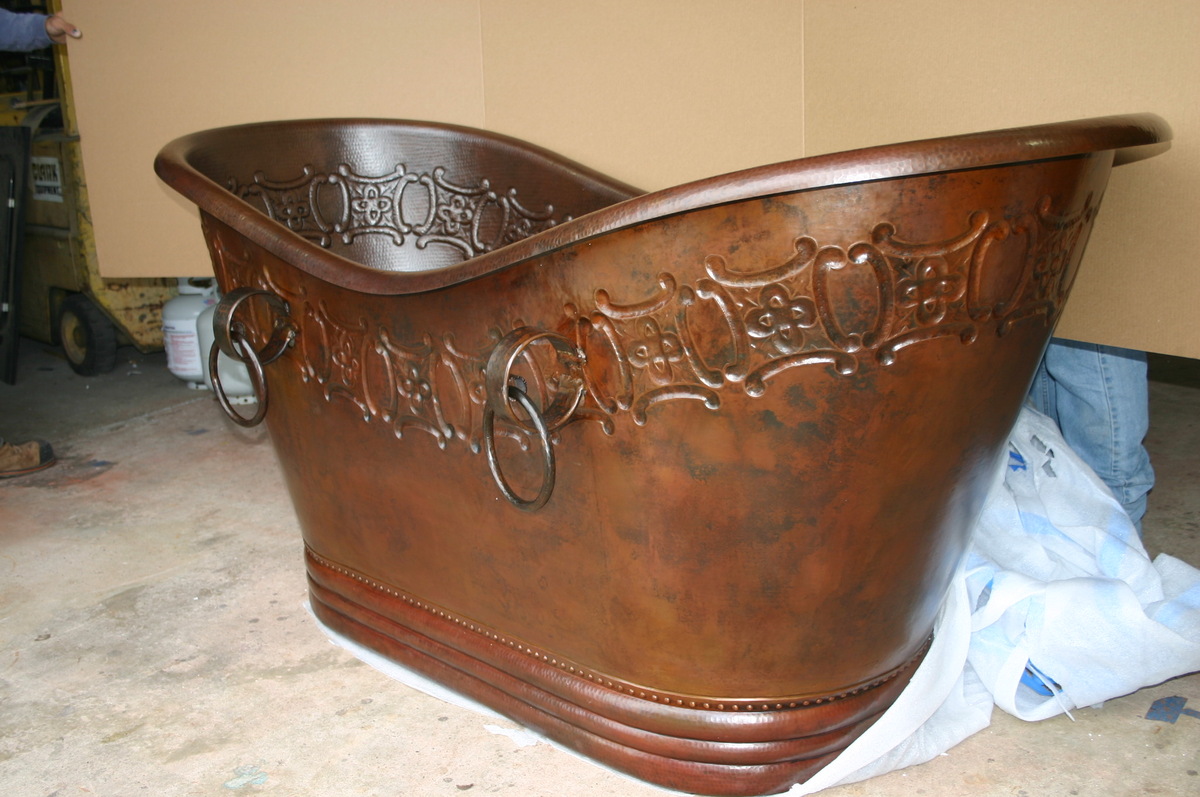

Bathroom Accessories
When Was The Bathtub Invented
Modified: August 27, 2024
Discover the history of bathroom accessories and learn when the bathtub was invented. Explore the evolution of bathing and its impact on modern-day hygiene.
(Many of the links in this article redirect to a specific reviewed product. Your purchase of these products through affiliate links helps to generate commission for Storables.com, at no extra cost. Learn more)
Ancient Bathing Practices
Bathing has been an integral part of human civilization for centuries, with ancient cultures developing unique bathing practices that reflected their beliefs and customs. The concept of personal hygiene and relaxation through bathing dates back to ancient times, showcasing the significance of this ritual in various societies.
-
Mesopotamia and Ancient Egypt: In Mesopotamia and Ancient Egypt, bathing was not only a means of cleansing the body but also held religious and spiritual significance. The ancient Mesopotamians constructed intricate bathing chambers within their homes, featuring elaborate drainage systems and heated water. Similarly, the ancient Egyptians incorporated bathing into their religious ceremonies, believing that cleanliness was essential for spiritual purity.
-
Ancient Greece and Rome: The Greeks and Romans elevated bathing to a communal and social activity. Public bathhouses, known as "thermae" in Rome and "balaneion" in Greece, served as gathering places for socializing, exercising, and cleansing. These bathhouses were equipped with hot and cold water pools, saunas, and massage rooms, offering a holistic bathing experience.
-
Asian Traditions: In Asia, particularly in Japan, bathing was deeply rooted in traditional customs. The Japanese ritual of "onsen" involved soaking in natural hot springs, believed to have therapeutic properties. This practice not only promoted physical well-being but also fostered a sense of tranquility and harmony with nature.
-
Indigenous Cultures: Indigenous cultures across the world developed their own bathing traditions, often incorporating natural elements such as rivers, lakes, and hot springs. These bathing rituals were deeply intertwined with cultural beliefs and often served as communal gatherings for storytelling and spiritual ceremonies.
The ancient bathing practices of diverse civilizations offer a glimpse into the rich tapestry of human history, showcasing the multifaceted significance of bathing beyond mere hygiene. These traditions laid the foundation for the evolution of bathing practices and the eventual development of the modern bathtub.
This section provides a fascinating insight into the diverse bathing customs of ancient civilizations, highlighting the cultural, spiritual, and social dimensions of bathing practices throughout history.
Key Takeaways:
- Ancient bathing practices across different civilizations, from Mesopotamia to Japan, shaped the cultural, spiritual, and social dimensions of bathing, laying the foundation for the modern bathtub we know today.
- The modern bathtub embodies luxury, wellness, and design innovation, offering diverse options such as freestanding elegance, soaking and whirlpool innovations, material diversity, space-saving solutions, and design versatility to suit individual preferences and lifestyle needs.
Read more: When Was The Freezer Invented
Early Bathtub Designs
The evolution of early bathtub designs reflects the ingenuity and resourcefulness of ancient civilizations in creating functional bathing facilities. From rudimentary vessels to sophisticated bathing chambers, the early bathtub designs encompass a diverse array of innovations that catered to the bathing needs of different cultures.
Ancient Vessels and Pools
In ancient times, the earliest forms of bathtubs were simple vessels or pools used for bathing. These vessels were crafted from materials such as wood, metal, or stone, and were often filled with water for bathing purposes. The ancient Greeks and Romans, in particular, utilized large communal pools for bathing, emphasizing communal bathing as a social and hygienic practice.
Medieval European Tubs
During the medieval period in Europe, wooden tubs gained popularity as bathing fixtures. These tubs, often made from oak or cedar, were designed to accommodate individuals for private bathing. They were typically filled with heated water and placed within bathing chambers or designated bathing areas within homes or castles. The design and construction of these tubs reflected the growing emphasis on personal hygiene and privacy during this era.
Japanese Ofuro and Sento
In Japan, distinct bathing traditions gave rise to unique bathtub designs. The "ofuro," a traditional Japanese soaking tub, was crafted from wood and designed for deep, immersive bathing experiences. The "sento," or public bathhouses, featured communal bathing areas with large wooden tubs, providing a social space for the community to engage in shared bathing rituals.
Read more: When Was Jenga Invented
Victorian Era Clawfoot Tubs
The Victorian era witnessed the emergence of ornate clawfoot tubs, which became iconic symbols of luxury and sophistication. These freestanding tubs, often made from cast iron or porcelain, featured decorative claw feet and elegant designs, adding a touch of opulence to the bathing experience. The popularity of clawfoot tubs reflected the Victorian era's emphasis on refinement and aesthetics in domestic spaces.
Copper and Tin Bathtubs in the Middle East
In the Middle East, copper and tin were commonly used to create luxurious bathtubs adorned with intricate designs and embellishments. These metal tubs exemplified the opulence and craftsmanship of the region, showcasing the fusion of functionality and artistic expression in bathtub design.
The diverse array of early bathtub designs underscores the cultural, technological, and aesthetic influences that shaped bathing practices across different civilizations. These designs laid the groundwork for the continual innovation and refinement of bathtub technology, paving the way for the modern bathtubs we know today.
The Modern Bathtub
The modern bathtub stands as a testament to the evolution of bathing practices and the fusion of functionality, comfort, and design. With advancements in materials, engineering, and design aesthetics, modern bathtubs offer a diverse range of options to cater to individual preferences and lifestyle needs.
Freestanding Elegance
One of the defining features of modern bathtubs is the prevalence of freestanding designs, which exude elegance and versatility. These standalone tubs serve as focal points in contemporary bathrooms, showcasing sleek lines, sculptural forms, and a seamless integration with various interior styles. Whether crafted from acrylic, stone resin, or cast iron, freestanding bathtubs epitomize modern luxury and provide a captivating centerpiece for relaxation and rejuvenation.
Read more: When Was HVAC Invented
Soaking and Whirlpool Innovations
Modern bathtubs have evolved to offer specialized features that enhance the bathing experience. Soaking tubs, characterized by their deep, ergonomic designs, allow for full-body immersion, promoting deep relaxation and stress relief. On the other hand, whirlpool or jetted tubs incorporate hydrotherapy jets to create a spa-like experience, targeting muscle tension and promoting circulation. These innovations cater to diverse wellness needs, offering personalized bathing experiences within the comfort of one's home.
Material Diversity
The modern bathtub landscape encompasses a wide array of materials, each contributing to unique aesthetics and functional properties. Acrylic bathtubs, known for their durability and versatility, offer a lightweight and cost-effective option for modern bathrooms. Stone resin and composite materials present a luxurious alternative, boasting exceptional heat retention and a tactile, natural appeal. Additionally, traditional materials such as cast iron and copper continue to make a statement, infusing bathrooms with timeless charm and enduring quality.
Space-Saving Solutions
In response to the evolving demands of urban living and compact interiors, modern bathtubs have embraced space-saving designs without compromising on comfort. Corner tubs, alcove installations, and streamlined, minimalist shapes cater to smaller bathrooms, maximizing functionality while maintaining a sense of luxury. These space-conscious solutions ensure that individuals can indulge in the pleasures of bathing, regardless of spatial constraints.
Design Versatility
From sleek, minimalist silhouettes to bold, avant-garde forms, modern bathtubs offer a spectrum of design possibilities to suit diverse tastes. Organic curves, geometric precision, and innovative textures converge to create a visual tapestry of bathtub designs, allowing individuals to express their personal style and elevate the aesthetic appeal of their bathing spaces.
The modern bathtub encapsulates a harmonious blend of form and function, embodying the ethos of relaxation, wellness, and design innovation. As a focal point of modern bathrooms, these fixtures continue to evolve, embracing new technologies and design trends to elevate the art of bathing in the contemporary era.
Read more: When Was The Chimney Invented
Innovations in Bathtub Technology
In recent years, the realm of bathtub technology has witnessed a remarkable surge in innovations, driven by a fusion of advanced engineering, ergonomic design, and cutting-edge materials. These innovations have redefined the concept of bathing, elevating it beyond mere hygiene to encompass holistic wellness and sensory indulgence.
Hydrotherapy Advancements
One of the most significant innovations in bathtub technology is the integration of advanced hydrotherapy systems. Modern bathtubs now feature customizable hydrotherapy jets that deliver targeted massage and relaxation, promoting muscle recovery and stress relief. These systems offer a spa-like experience within the confines of one's home, allowing individuals to personalize their bathing rituals and enhance their overall well-being.
Chromatherapy and Aromatherapy Integration
Bathtub technology has embraced the principles of chromatherapy and aromatherapy to create immersive and rejuvenating bathing experiences. Chromatherapy, also known as color therapy, involves the use of LED lighting to create a spectrum of soothing colors that influence mood and relaxation. Similarly, aromatherapy diffusers integrated into bathtubs disperse essential oils, further enhancing the sensory journey and promoting emotional balance during bathing sessions.
Smart Connectivity and Automation
The advent of smart technology has permeated the realm of bathtub innovation, giving rise to connected and automated features that enhance convenience and customization. Smart bathtubs can be controlled via mobile applications, allowing users to adjust water temperature, jet settings, and ambient lighting with ease. Additionally, automated filling and draining systems streamline the bathing process, offering unparalleled comfort and efficiency.
Read more: When Was Glass Invented
Sustainable and Eco-Friendly Materials
In response to growing environmental consciousness, bathtub technology has embraced sustainable and eco-friendly materials. Manufacturers are utilizing recycled and biodegradable materials to create bathtubs with reduced environmental impact. Furthermore, water-saving designs and advanced insulation techniques contribute to greater energy efficiency, aligning with eco-conscious lifestyles and sustainable living practices.
Anti-Microbial Surfaces and Clean Technology
In the pursuit of enhanced hygiene and cleanliness, bathtub technology has introduced anti-microbial surfaces and advanced cleaning technologies. These innovations inhibit the growth of bacteria and mold, ensuring a hygienic bathing environment. Self-cleaning mechanisms integrated into bathtubs automate the cleaning process, minimizing maintenance efforts and preserving a pristine bathing space.
Ergonomic and Accessible Designs
Inclusivity and accessibility have become focal points of bathtub innovation, leading to the development of ergonomic and universally accessible designs. Bathtubs now feature ergonomic contours, non-slip surfaces, and built-in seating options to accommodate individuals with diverse mobility needs. These designs prioritize comfort and safety, ensuring that bathing remains a pleasurable experience for all users.
The ongoing evolution of bathtub technology continues to redefine the boundaries of bathing, offering a harmonious blend of luxury, wellness, and sustainability. These innovations underscore the commitment to enhancing the art of bathing, catering to the evolving needs and aspirations of modern lifestyles.
Frequently Asked Questions about When Was The Bathtub Invented
Was this page helpful?
At Storables.com, we guarantee accurate and reliable information. Our content, validated by Expert Board Contributors, is crafted following stringent Editorial Policies. We're committed to providing you with well-researched, expert-backed insights for all your informational needs.
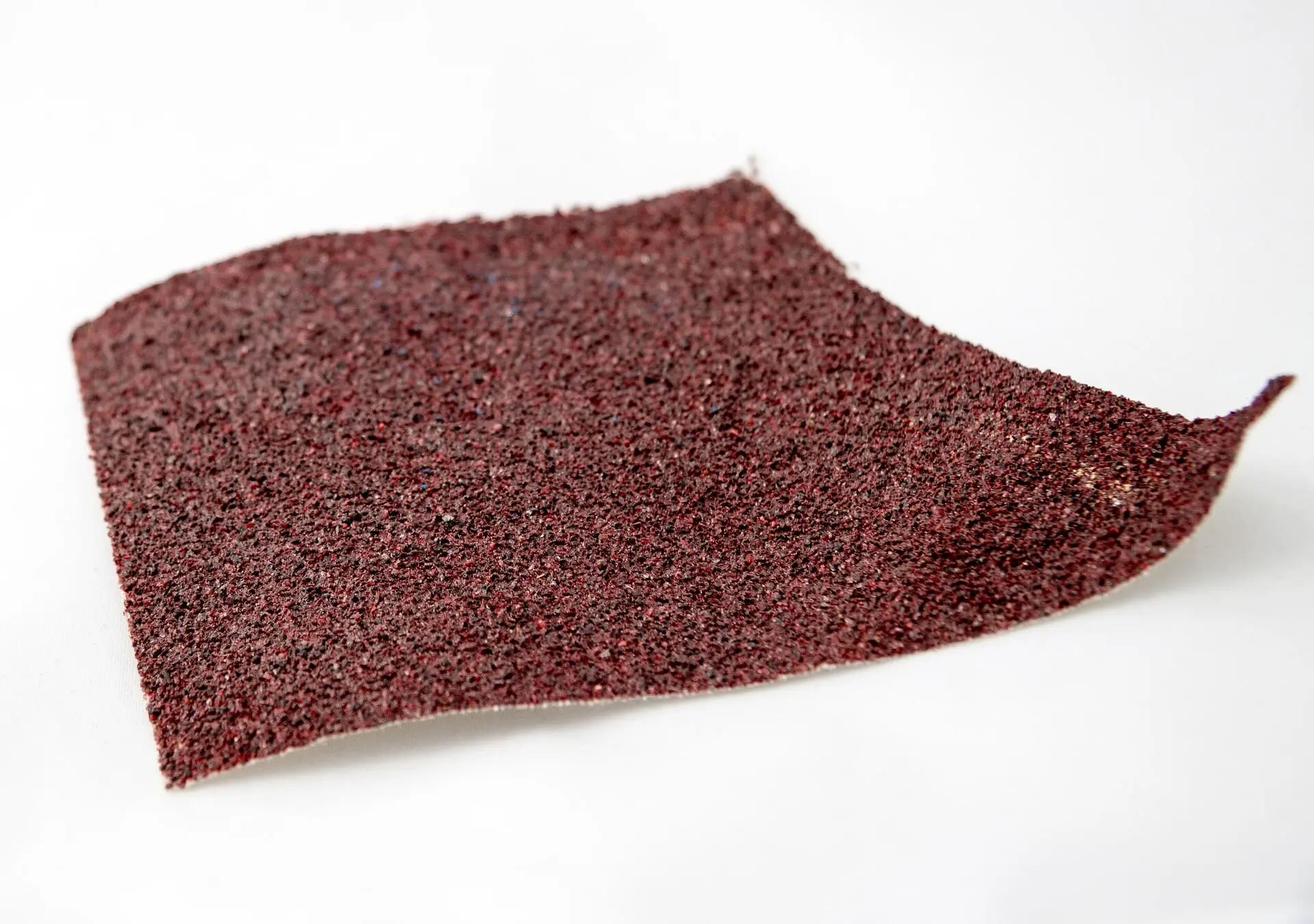
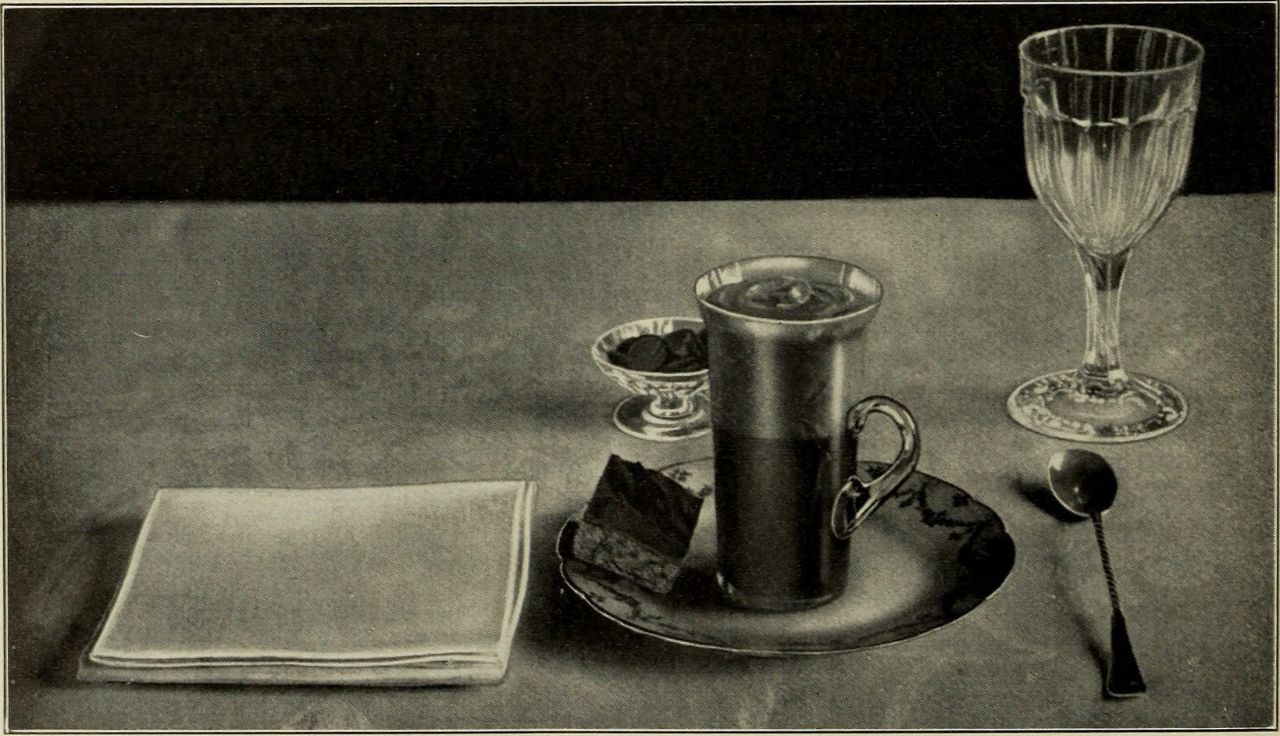

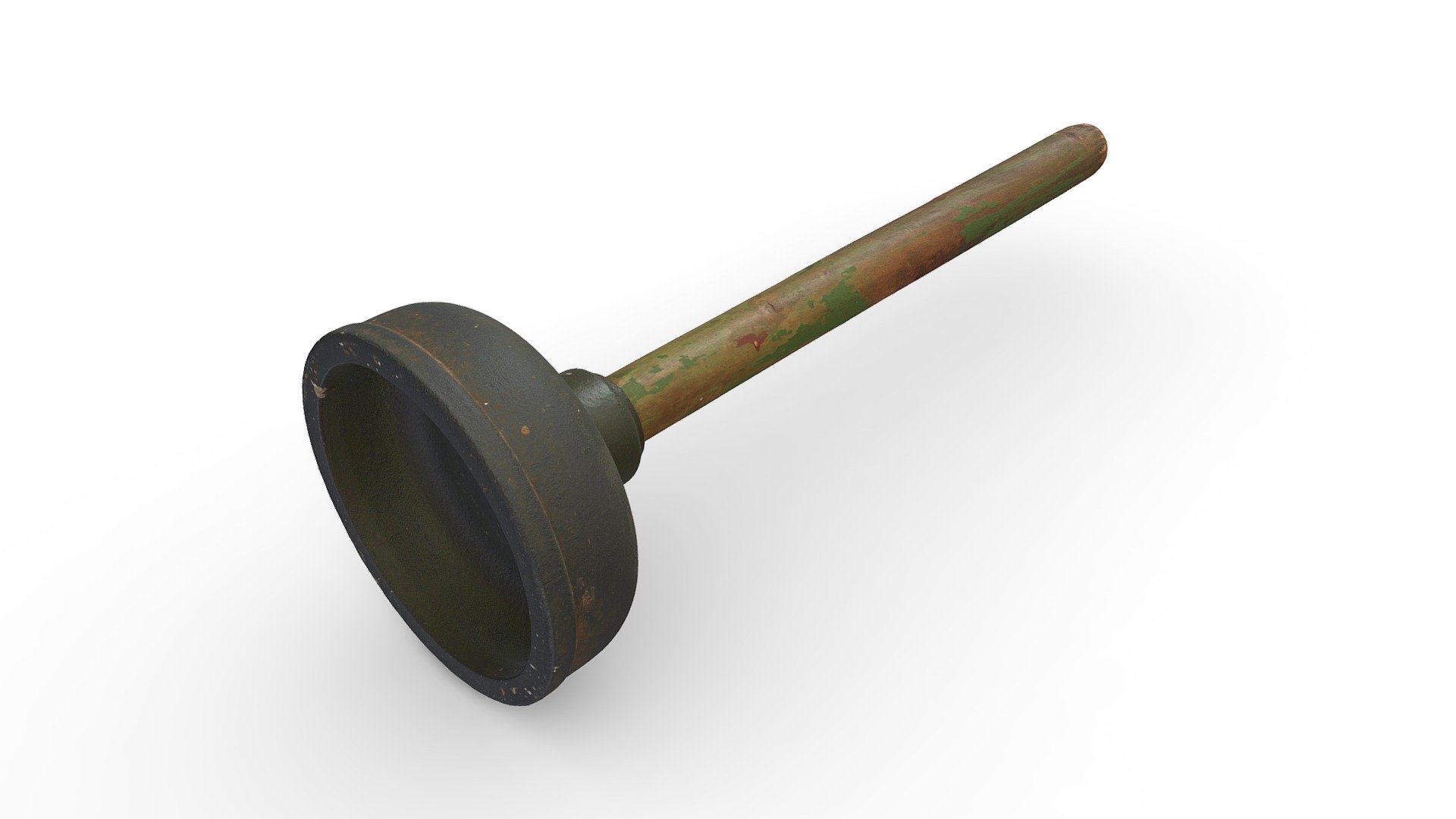

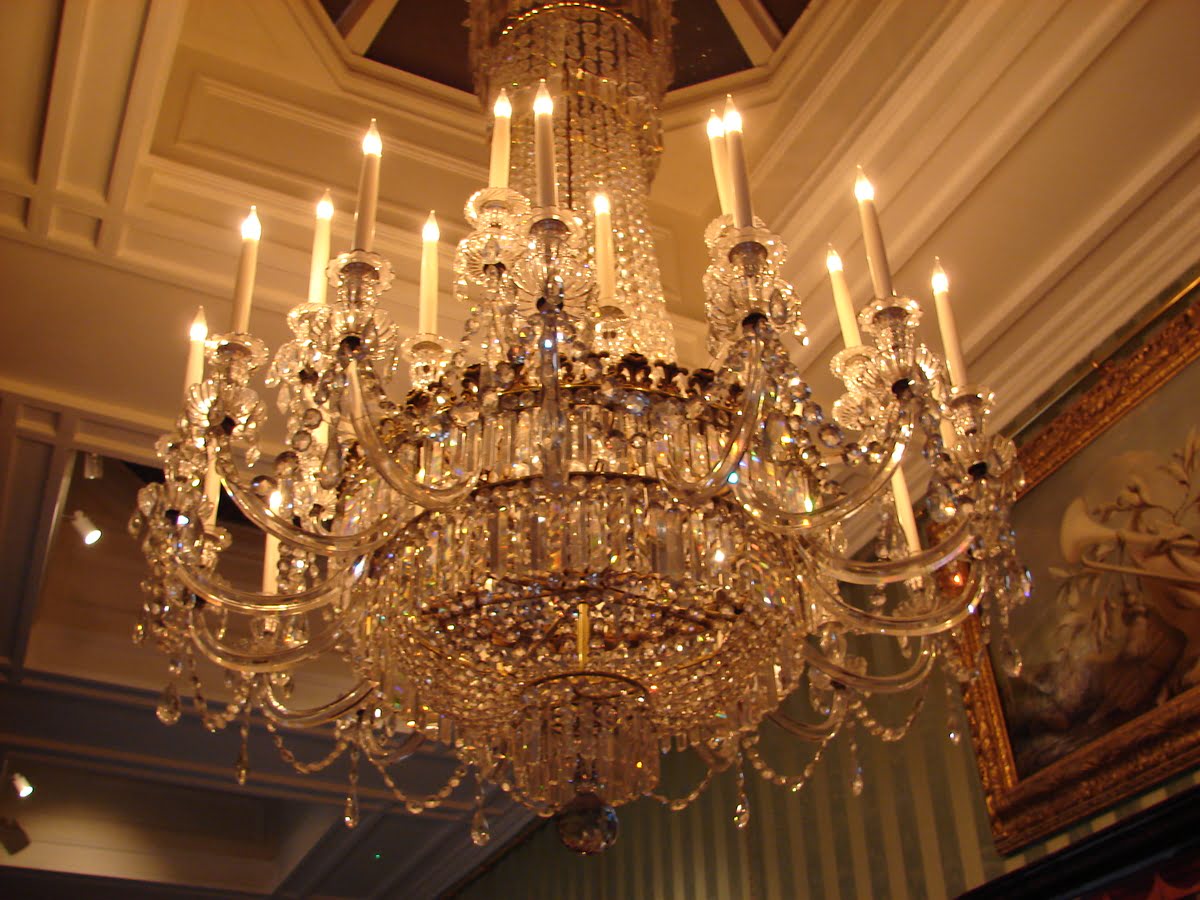


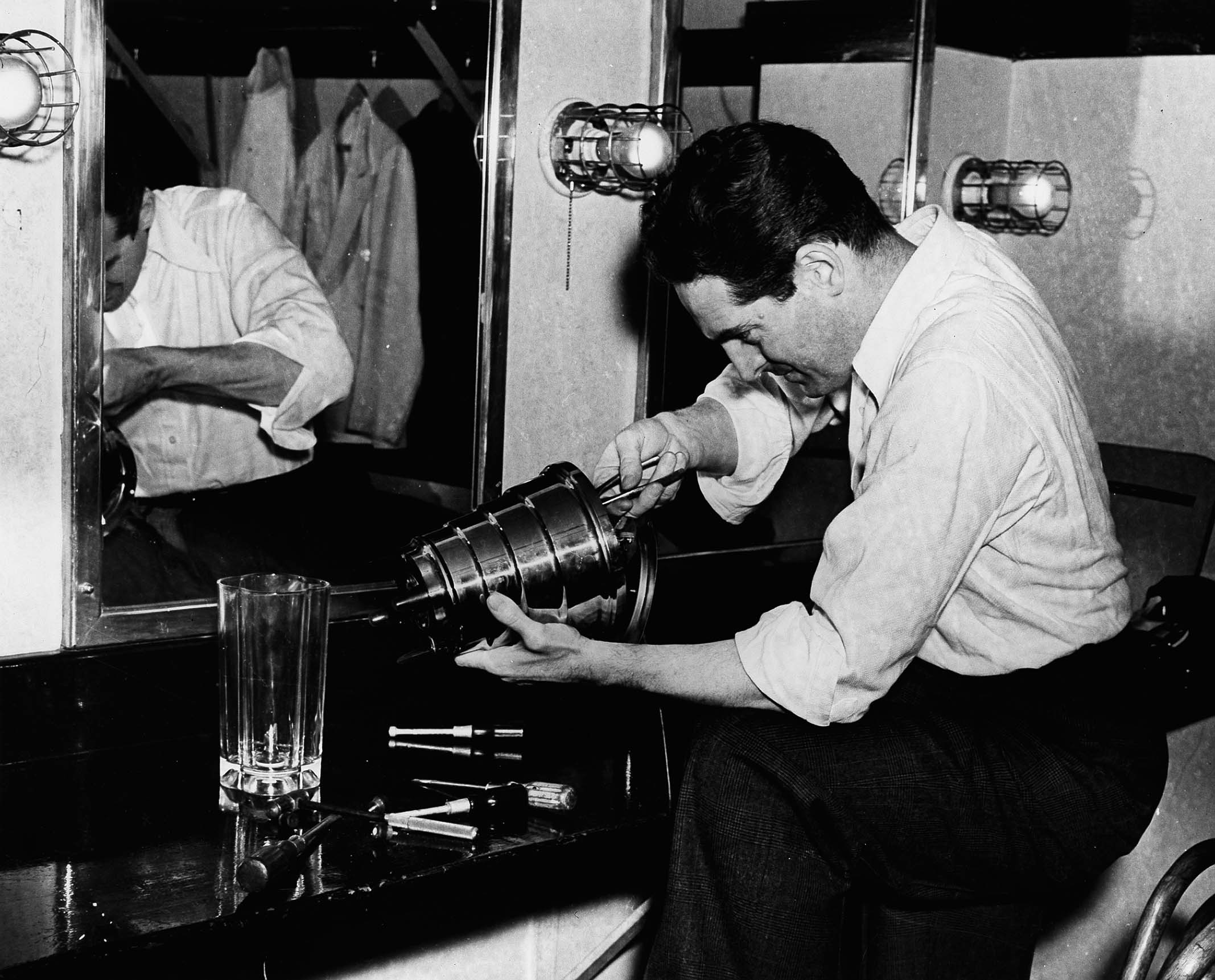
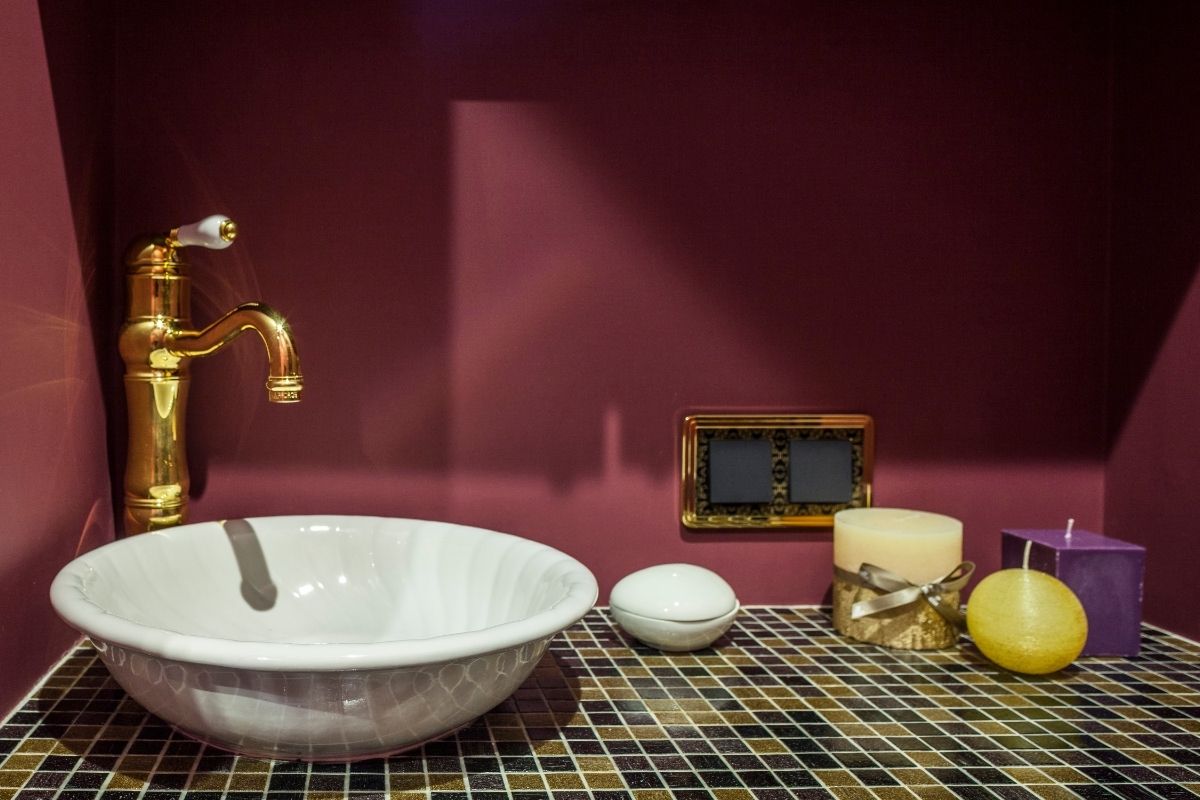


0 thoughts on “When Was The Bathtub Invented”